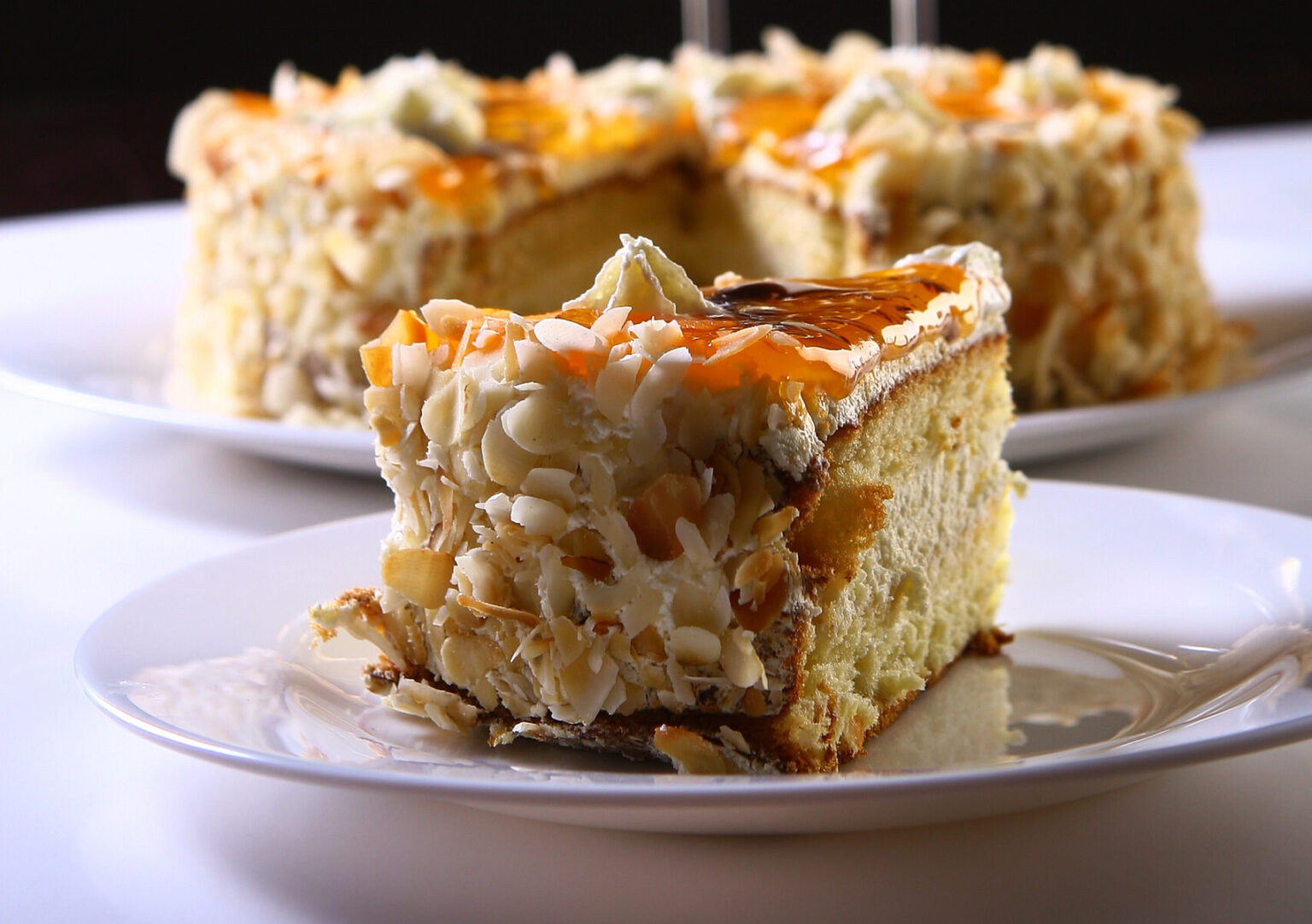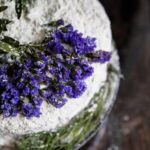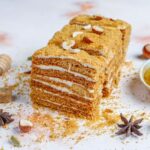Champagne cake is an elegant and sophisticated dessert that adds a touch of luxury to any special occasion. The delicate flavors of champagne create a unique and delightful cake that will impress your guests. If you want to make the best champagne cake, here are some tips to help you:
- Choose a Quality Champagne: The quality of the champagne you use will greatly impact the flavor of your cake. Opt for a good-quality champagne that you enjoy drinking. The subtle flavors and effervescence of the champagne will add a distinct taste to the cake. Avoid using sweet or flavored champagnes, as they can alter the overall balance of flavors.
- Reduce the Champagne: To concentrate the champagne flavor, reduce it before adding it to the cake batter. Pour the desired amount of champagne into a small saucepan and simmer it over medium heat until it reduces by about half. Let it cool before adding it to the cake batter. This will intensify the champagne flavor and prevent the cake from becoming too moist.
- Combine Champagne and Buttermilk: To create a tender and moist cake, combine the reduced champagne with buttermilk. Buttermilk adds a tangy flavor and helps keep the cake moist. The combination of champagne and buttermilk creates a wonderful balance of flavors and textures.
- Use Cake Flour: Cake flour is lighter and softer than all-purpose flour, resulting in a tender and delicate crumb. Replace the all-purpose flour with cake flour in your recipe to achieve the best texture for your champagne cake. If you don’t have cake flour, you can make a substitute by combining all-purpose flour with cornstarch.
- Cream the Butter and Sugar: Creaming the butter and sugar together is crucial for a light and fluffy champagne cake. Beat the softened butter and sugar until light and creamy, creating air pockets that will contribute to the cake’s rise. Use an electric mixer or stand mixer for best results.
- Alternate Dry and Wet Ingredients: When adding the dry ingredients (such as cake flour, baking powder, and salt) and the wet ingredients (reduced champagne, buttermilk) to the creamed butter and sugar, alternate between the two. Begin and end with the dry ingredients and mix just until combined to prevent overmixing, which can result in a dense cake.
- Bake at the Right Temperature: Follow the recommended baking temperature in your recipe. Typically, champagne cakes are baked at around 350°F (175°C). However, every oven is different, so keep an eye on the cake and test for doneness using a toothpick or cake tester. The cake is done when the toothpick comes out clean or with a few moist crumbs attached.
- Champagne Buttercream Frosting: For a truly indulgent champagne experience, consider pairing your champagne cake with champagne buttercream frosting. Replace some of the liquid in your favorite buttercream recipe with reduced champagne to infuse it with champagne flavor. This will create a luxurious frosting that complements the cake perfectly.
- Decorate with Elegance: Champagne cake calls for elegant and sophisticated decorations. Consider topping the cake with delicate edible flowers, silver or gold sprinkles, or a dusting of edible gold or silver powder. These embellishments will enhance the visual appeal of your cake and give it a luxurious touch.
- Chill and Serve: Once your champagne cake is baked and frosted, it’s best to chill it in the refrigerator for a few hours before serving. This allows the flavors to meld together and the frosting to set. Serve the cake chilled or at room temperature, and savor the exquisite taste of your homemade champagne cake.
By following these tips, you’ll be well-equipped to create a stunning and delicious champagne cake that will elevate any celebration. Enjoy the delicate flavors of champagne in a delightful cake form and impress your family, friends, or guests with your baking prowess. Cheers to a successful champagne cake baking experience!








